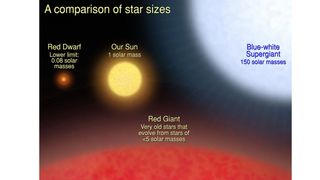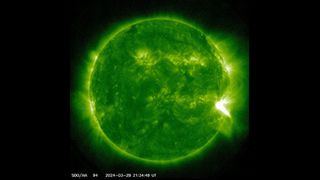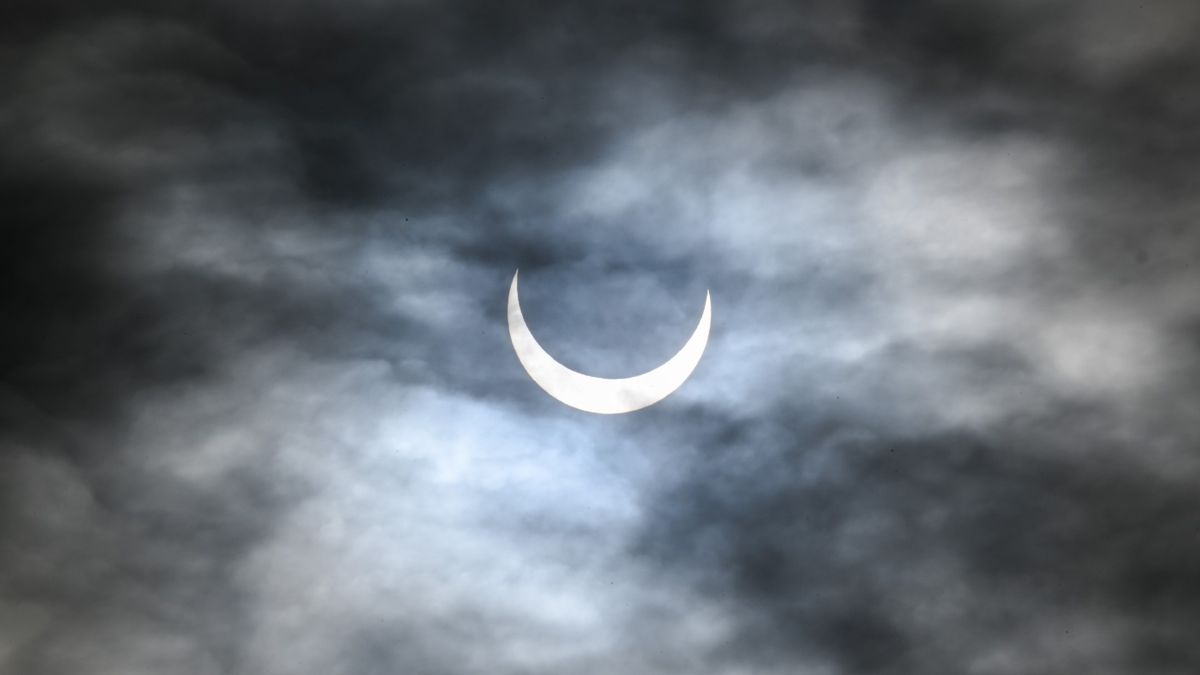Pluto may have lost its status as a full-fledged planet in 2006, but that doesn’t mean it’s a joke of a world this April Fools’ Day and the folks behind Pluto TV want to make that clear. On April 1, the free Pluto TV streaming service will host a “sit-in” to revisit the Pluto planethood debate while also celebrating the 10th anniversary of the live TV streaming service. The event, dubbed “Pluto TV’s Rally for Pluto! Make Pluto A Planet!,” runs from 11:30 a.m. to 1 p.m. Pacific Time at…
Read MoreMonth: March 2024
Hubble Space Telescope finds bucket of cosmic Easter eggs — 500 blue and red stars
In December 2023, the Hubble Space Telescope completed its largest program since launching in 1990. With this program, the telescope made observations of 500 individual stars over three years — and scientists are now ready to dive into this cosmic Easter egg of data. The comprehensive Hubble Telescope survey is called the Ultraviolet Legacy Library of Young Stars as Essential Standards, or ULLYSES; Hubble was deemed by ULLYSES operators as the sole active telescope capable of accomplishing such a pioneering endeavor. These ultraviolet-light-observation treats will last way past the Easter holiday,…
Read More‘Everything is interrelated.’ For the Navajo Nation, the April 8 solar eclipse is a spiritual experience
The “Great North American Eclipse” is just a little over a week away. For many in the path of totality, preparing for the total solar eclipse on April 8 includes coming up with a plan of where to watch it, who you are going to watch it with, and securing protective solar glasses to be able to safely witness the procession of celestial transformation in the sky. But for the indigenous communities of North America, it’s a whole different type of preparation, and a philosophy that’s very different from Western…
Read MoreWe asked over 50 women space leaders for words of inspiration. Here’s what they told us
We wouldn’t be where we are today without the leaders of the past — so, to build our future, perhaps we should celebrate the innovators of our present. The history of women’s contributions to the space industry is significantly shorter than it is for men, simply because women were dealt a delayed start in the race. For example, NASA’s astronaut program began in 1959, but it wasn’t until 1978 when the agency’s lineup of astronaut candidates finally included women. Yet, thanks to many brave trailblazers who pushed against the unfair…
Read MoreDune: What the climate of Arrakis can tell us about the hunt for habitable exoplanets
Frank Herbert’s Dune is epic sci-fi storytelling with an environmental message at its heart. The novels and movies are set on the desert planet of Arrakis, which various characters dream of transforming into a greener world – much like some envision for Mars today. We investigated Arrakis using a climate model, a computer program similar to those used to give weather forecasts. We found the world that Herbert had created, well before climate models even existed, was remarkably accurate – and would be habitable, if not hospitable. However, Arrakis wasn’t…
Read MoreThis Week In Space podcast: Episode 104 — The Artemis Accords, Ecuador, and You
On Episode 104 of This Week In Space, Rod and Tariq talk with National Space Society chapter leader Robert Aillon about NASA’s Artemis Accords. Spaceflight is no longer just for superpowers—there are now 37 countries signed to NASA’s Artemis Accords for the return to the Moon, and previously non-spacefaring nations are getting into the spaceflight trade, Ecuador among them. Aillon, who started a National Space Society chapter in Ecuador after attending a graduate program at the University of Arizona’s Thunderbird School, was a prime mover in getting Ecuador to sign…
Read MoreWhat’s Up: March 2024 Skywatching Tips from NASA
6 min read What’s Up: March 2024 Skywatching Tips from NASA Download the Video WHAT TO LOOK FOR: Jupiter plows through the Pleiades on March 14, a chance to spot Mercury at month’s end along with a subtle lunar eclipse, and a comet worth keeping an eye on! March skywatching highlights: March 10 – New moon March 13 – The Moon joins Jupiter tonight in the west, following sunset. They make a great pairing through binoculars. March 14 – Tonight the crescent Moon moves through the Pleiades star cluster, creating…
Read MorePowerful X-class solar flare slams Earth, triggering radio blackout over the Pacific Ocean
Satellites have detected a massive solar flare powerful enough to ionize part of Earth’s atmosphere. Scientists spotted the solar flare erupting from the bottom of the sun on Thursday (March 28), using satellites from the National Oceanic and Atmospheric Administration (NOAA), according to the organization’s Space Weather Prediction Center. The flare, which peaked at 4:56 p.m. ET, was categorized as an X1.1 flare. X-class flares are the most powerful type of explosion the sun can produce, according to NASA. A solar flare (far right) bursts from the sun’s surface, as…
Read MoreWhy low-level clouds vanish during a solar eclipse
The splendor of a solar eclipse is unique to our world — nowhere else in the solar system does a planet’s moon so perfectly block the light of the sun. The fast and fleeting darkness of those events affects many things on Earth, including animal behavior and waves in the ionosphere. Researchers have now found that cumulus cloud cover fell by more than a factor of 4, on average, as the moon’s shadow passed over Earth during a recent annular eclipse. This little-studied aspect of solar eclipses has important lessons for geoengineering efforts aimed at…
Read MoreNASA Names Finalists to Help Deal with Dust in Human Lander Challenge
NASA selected 12 finalist teams to compete in the next round of the Human Lander Challenge (HuLC) competition. In 2023, NASA invited undergraduate and graduate students from accredited colleges and universities in the United States to propose innovative solutions to manage the lunar dust a spacecraft stirs up when landing on the Moon. NASA’s Artemis campaign will establish a long-term human presence on and around the Moon for the benefit of all, and one of the challenges the agency and its partners must address is the particularly dusty aspect of…
Read More








